An (almost) non-biased review of the Tamron SP 35mm f1.4 Di USD lens.
A 35mm lens has historically been my go-to choice as a photojournalist. It renders a natural perspective of my subject while establishing the setting… ‘who and where’. The f2 Summicron pared with an M series Leica was truly outstanding whereas the Nikon 35 1.4 was a costly disappointment. So I was very keen to see if Tamron lens with new technology has closed the gap with a quality Zeiss rangefinder lens similar to the Leica 35 Summicron
The stage is set for a comparison of this high tech Tamron 35 1.4 vs a Zeiss 35 f2 all to be shot on Ilford Delta 100 and processed in ID-11 at the same time to avoid any processing anomalies.
I photographed my friend Rob sitting on his sofa with only window light. To ensure sharpness my elbows were firmly rested on my knees and I’m pretty good at breath control and have a soft finger for the shutter release. I did not use the built-in meters, rather an incident reading from my trusted Lunasix F meter.
Please observe the shot with the Tamron f1.4 and how much more out of focus the back of the sofa is vs the one shot with the f2 Zeiss… 1.4 makes a real difference. This shot, as were others, had the Tamron giving me the sharpest images especially wide open. My thoughts are if you need a fast lens and are paying the extra dollars for it, get the best.
Bottom line: Tamron wins
- sharper wide open with shallower depth of focus for isolating your subject.
- focuses closer (11” semi macro).
- a wee tad sharper at all apertures.
I was honestly surprised and delighted with the Tamron’s stellar performance. That said the Zeiss camera is a treasure should you have deep pockets and the at Biogon at f4- f5.6 is very very close to the Tamron.
There was an anomaly worth mentioning. Both cameras produced consistent negative densities no matter the shutter speed/apertures, BUT the negs from the Nikon/Tamron were constantly about 1/3rd of stop denser the those from the Zeiss outfit. Your guess is as good as mine. Maybe the transmission (T stop) of light is more effective than the Biogon or the shutter speeds of the Nikon F5 are a tad slower???
All in all for me the Tamron/Nikon is my choice being hooked on the very best quality possible. But the light compact Zeiss/Biogon combination would be a great choice for a shooter wanting a more discrete portable package to work with.
Great shooting!!!
About the Author
Crombie McNeill – My career spans 40 years with credits in National Geographic, Time, Newsweek. Maclean’s, Chatelaine, Stern, Fortune, Sports Illustrated, Financial Post, Paris Match, ELLE… and lots more!



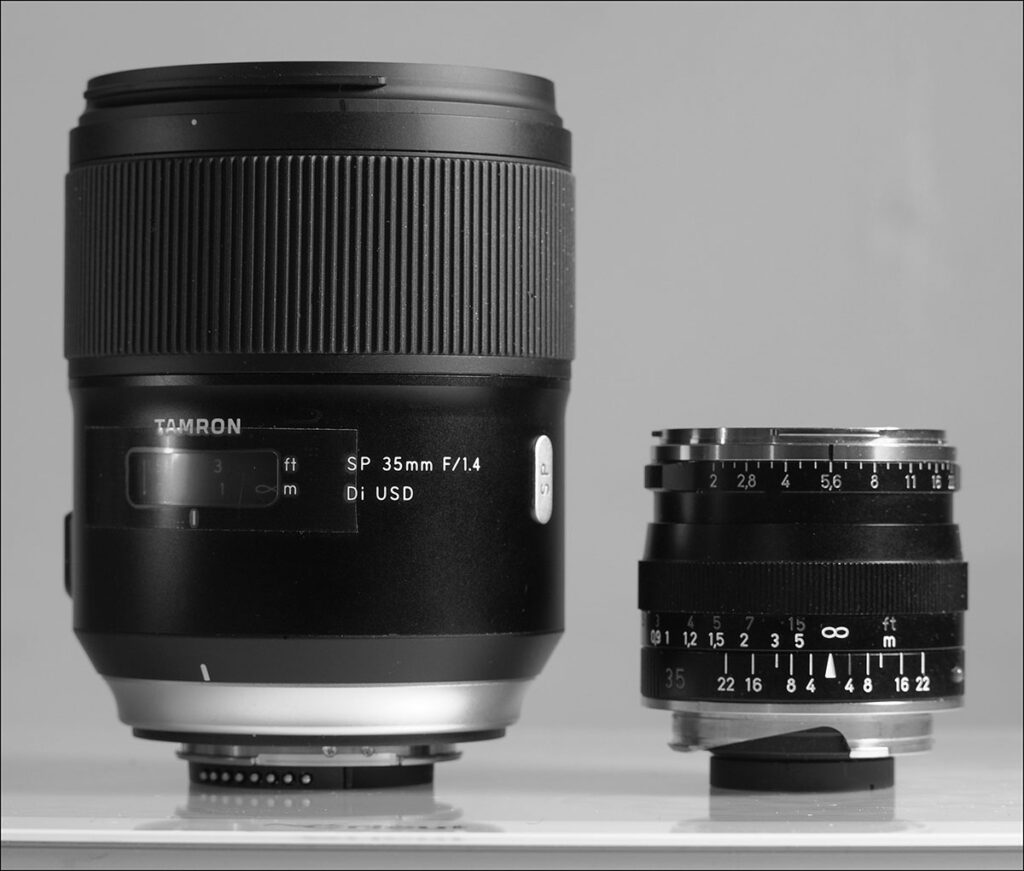
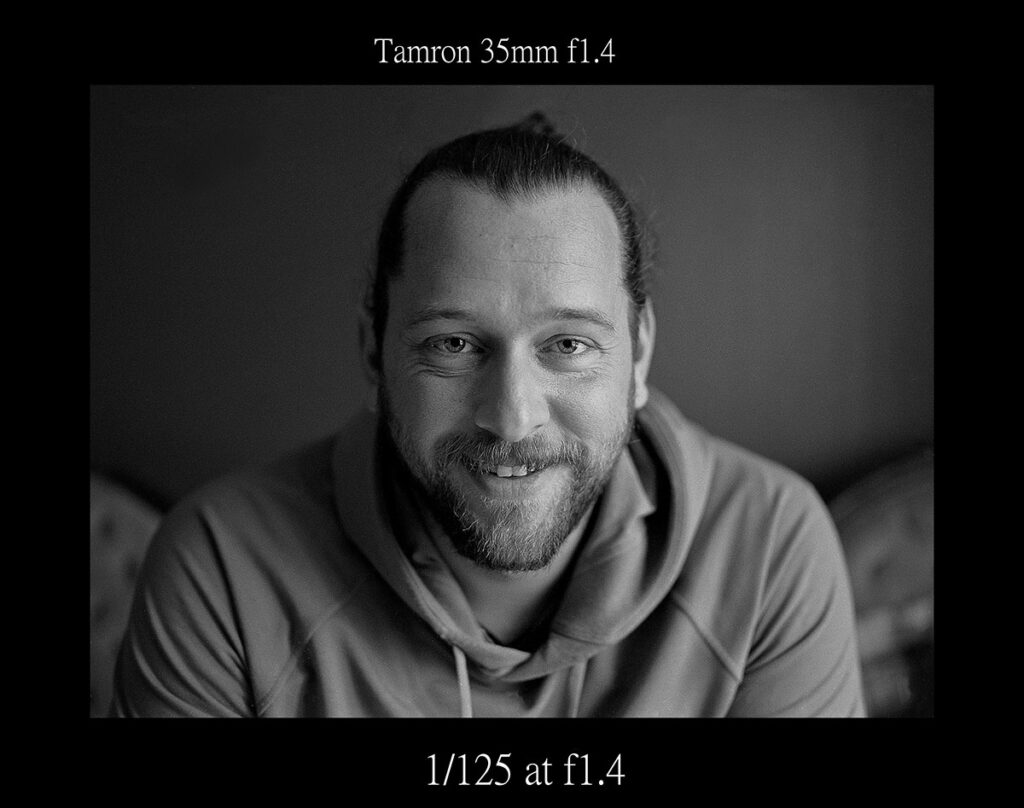
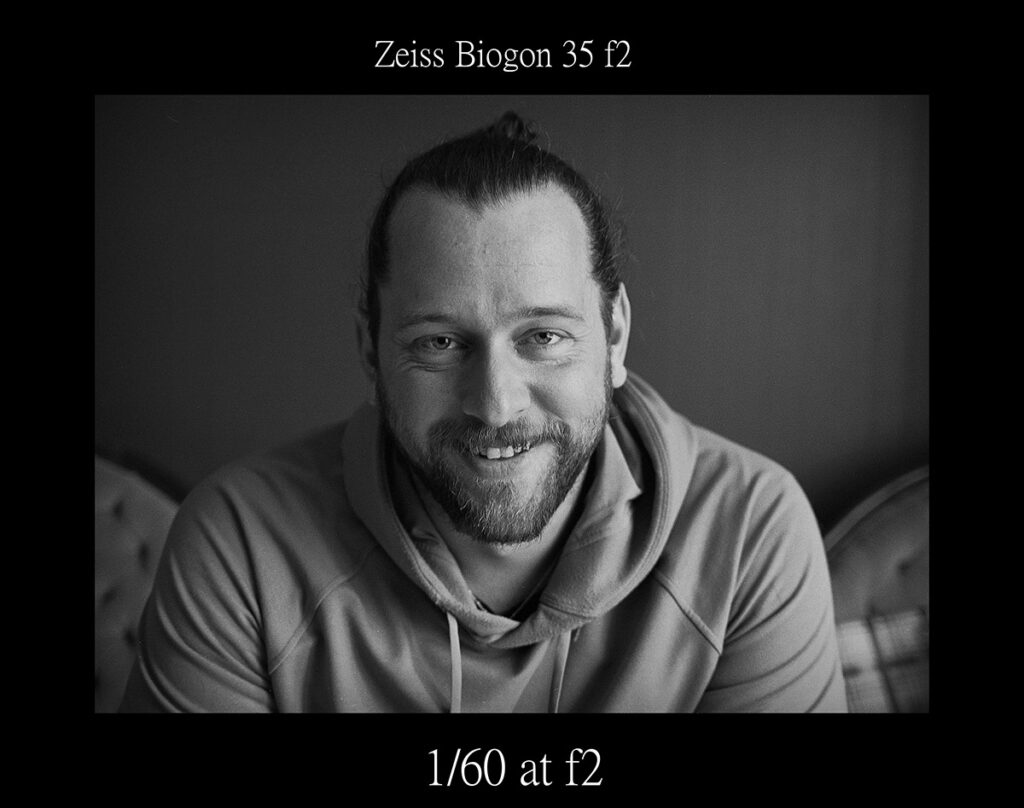
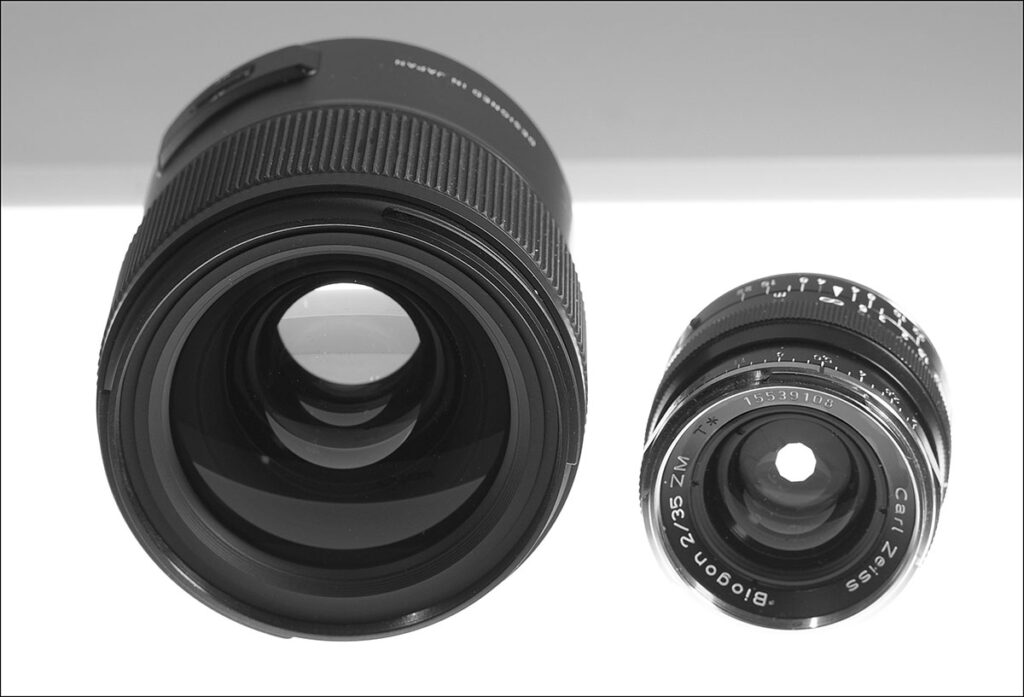
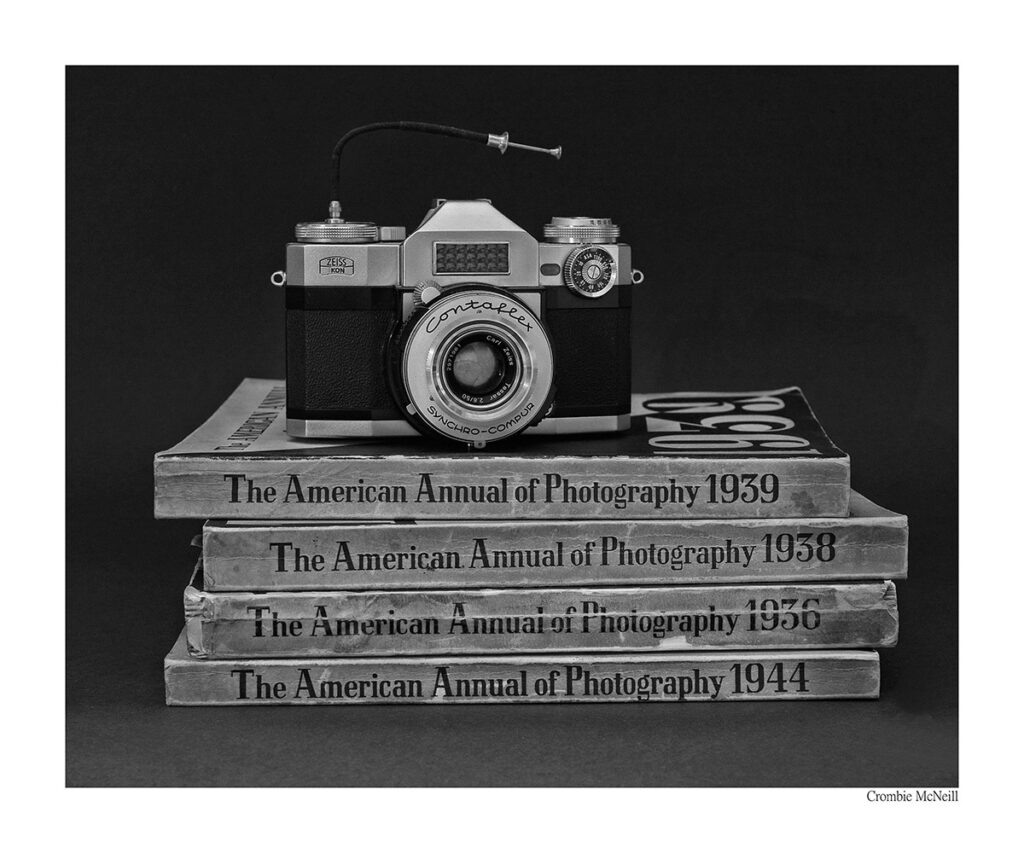






I’m surprised that lens worked on a Film body
Hi, The Nikon F5 was designed with the future in mind and the Tamron functions to perfection with the F5, but only only on the F5.
Good shooting!
Crombie